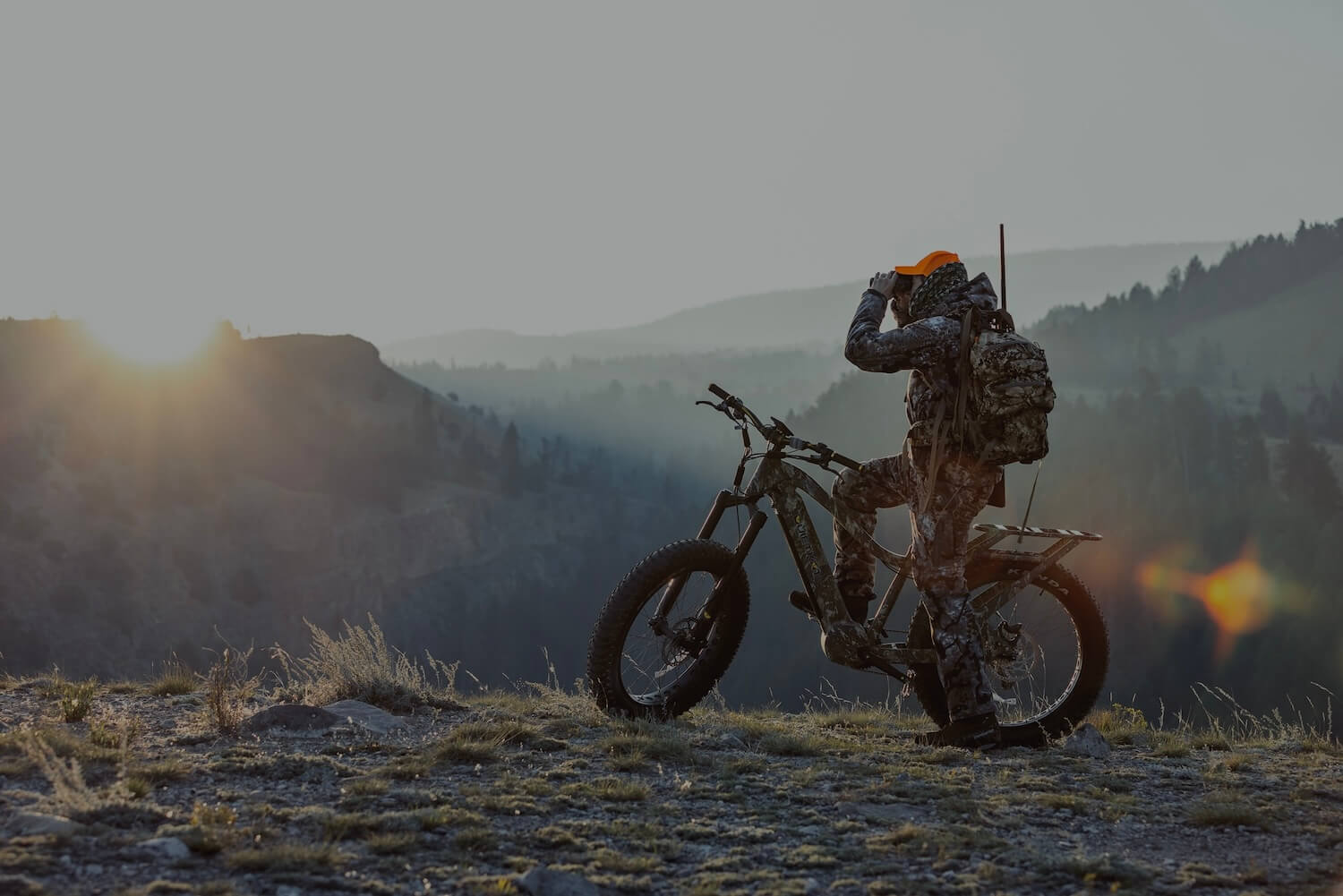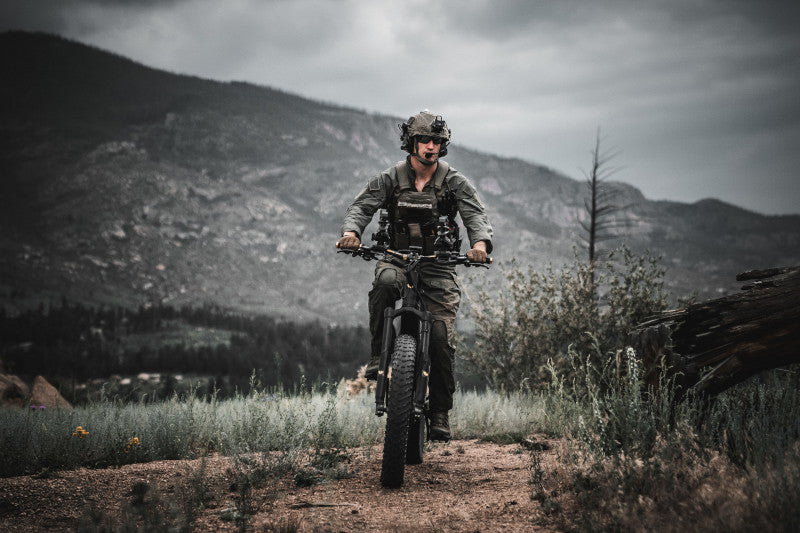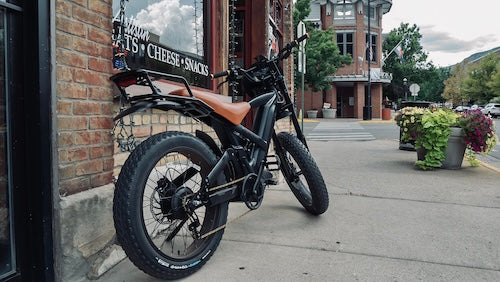The most basic takeaway of this article: not all e-bikes are created equal. Ebikes pretty seamlessly bridge the gap between analog bikes and dirt bikes, which is an impressive feat considering how incredibly wide that gap is. So, one way to help us differentiate between an electric bike that looks and acts like a regular analog bike but gives you a little kick with every pedal stroke and a bike that’s powered by a throttle is by the class system.
Ebikes—compared to dirt bikes and analog bikes—are extremely new. When they first started hitting the streets and showing up on trail systems, they turned a lot of heads. The reception was certainly mixed. Change is hard. Especially for riders that have become accustomed over time to a particular type of traffic on their local trails and streets. What became immediately evident was the need for some type of regulation of e-bikes. Their sweeping and seemingly immediate popularity surge found electric bikers depressing an integrated throttle ripping past sweaty, hard-working climbers and completely new use patterns on trail systems that weren’t built to accommodate them.
For a while, e-bikes existed in a sort of legal wild west with little regulation and few pieces of legislation to dictate where e-bikes were welcome and how to coexist with analog bikes. While this is slowly changing, many legal particularities are left up to the state and county levels of government, complicating this post and leaving us without a clear, universal set of guidelines about where you can ride your e-bike and where you might get slapped with a ticket if you’re caught zooming uphill.
In short: before you load up your e-bike and take off to go ride somewhere new, do your due diligence and check to make sure your e-bike is allowed. Having trouble finding the answer? Rest assured that anyone hanging out at the local bike shop has an abundance of information (and probably a greater number of opinions) to share on the matter.
You’ll soon see that while the class system isn’t perfect, it lays the foundation for helping lawmakers create smart guidelines for ensuring all user groups can have a safe and enjoyable time on the trails.
Note that all classes limit the motor’s power to 1 horsepower which translates to 750W.
Class I:
- Top Speed: 20mph
- Works Only if You’re Pedaling
- No Throttle
- Coexist with Analog Bikes
Generally speaking, Class I e-bikes can utilize the same infrastructure that analog bikes can use. While electric mountain bikes can obviously make much quicker work of a climbing trail than the analog bikes for which they were built, they’re still designed to mimic the experience of a bike that doesn’t deliver a boost of power with every pedal rotation.
As we teased before, the catch here is that there’s no hard and fast rule that says “anywhere an analog bike is allowed, a Class I e-bike is allowed as well.” There are many different particular pieces of fragmented legislation that dictate where you can ride an e-bike. So don’t roll into town and bet that your e-bike will be welcome at the local trail system.
Class II:
- Top Speed: 20mph
- Works when You’re Pedaling; Works when You’re Not
- Throttle
- Less Likely to Coexist with Analog Bikes
Class II e-bikes have one major difference from a Class I e-bike: they have a throttle. While the top speed remains the same for Class II bikes as Class I (20 mph), unlike Class I, Class II e-bikes can be operated with a throttle and no pedal strokes at all. That said, this category is fairly broad and encompasses pedal assist bikes with a throttle and bikes that merely have foot pegs instead of pedals. It’s the existence of a throttle that generally keeps Class II bikes from being welcomed on built-for-mountain-bike trails because—says most legislation—they act too much like dirt bikes. Class II e-bikes are often found on OHV trails built for more rugged off-road vehicle travel.
Class III:
- Top Speed: 28mph
- Throttle: Up to 20mph
- Do Not Often Coexist with Analog Bikes
Class III bikes are generally crafted to replace the moped or motorcycle as city commuters and are most often found in bike lanes alongside traffic. Although Class III, like Class I e-bikes, do not have a throttle, the top speed of 28mph generally precludes them from using multi-use trails and bike trails.
What EBike Classification is Right for You?
Consider what type of riding you’ll most often be drawn to do. Do you live for the weekend trips to check out nearby mountain bike trail systems? Sounds like a Class I e-bike is right for you. If you’re a hunter or someone who likes to explore the forest roads from their campsite, consider a Class II e-bike. But, if you’re simply looking for a new way to commute to work and the grocery store in town, sounds like a Class III e-bike is right up your alley.




 USA
USA Canada
Canada




